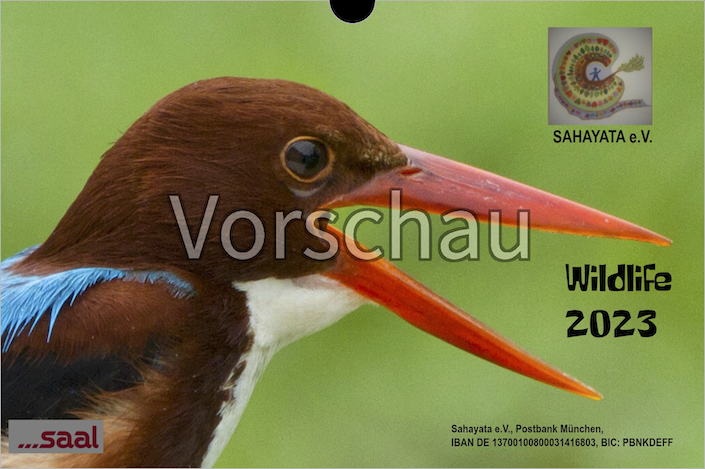In 1991, I travelled with my uncle Herbert to Indonesia, to get to know the people and countryside. Amongst other places, our trip lead us to Bandung on Java. In Bandung, we got to know Dedi, who guided us through Bandung and the surrounding area. Dedi’s biggest wish was to learn English. It developed into a long-term pen pal relationship out of that.
Meanwhile, Dedi has his own family. He is a father of three girls: Rofi, Rahmi and Raihana. The family struggled with life through good and bad times. They lived below the poverty level. During the birth of the third daughter Raihana, there were unexpected complications. His wife fought for life and was in the hospital for a long time. A further operation was necessary to get her fairly well and back on her feet.
This was a financial disaster for the family, as the hospital expenses and the operation were not affordable for Dedi. In particular, little Raihana could not be breastfed and therefore, expensive substitute breast milk was to be bought. Rofi and Rahmi helped Dedi to sell snacks. It came into question if school expenses could be further paid.
In order to ensure that Rofi and Rahmi would be able to attend school and that Raihana would get substitute breast milk, Sahayata e.V. decided in May 2012 to support the three girls, until the debt was paid back.
2017 I was given the opportunity to visit the Indonesian family again. It was a reunion after 26 years.
What a pleasure it was from both parties when I arrived! I was warmly welcomed and served. Dedi still knew that I liked to eat Gado Gado (rice with peanut sauce and bamboo sprouts). So, Gado Gado was freshly prepared in front of my eyes and the entire village came to visit. The villagers seldom see foreigners. The girls are doing well. Little Raihana is a very alert child and very athletic. Both older girls study diligently and Rofi is thinking about what she will do after she finishes school. We spent a lovely day talking, visiting the village and of course, with meals.
After the day together I was convinced that the support from Sahayata was an enormous help for the family and by doing that, education was made possible for the girls.
The family is very grateful and sends their greetings and warm appreciation to the members of Sahayata.
Poverty in Indonesian
Indonesia belongs to one of the poorest countries of southeast Asia. This has become especially clear in connection with the Tsunami catastrophe, as the enormous social problems have very clearly been brought to surface. It is unquestionable that hunger and poverty are increasing in the country. According to the WHO, nearly half of the Indonesian population lives below the poverty level. According to Indonesian statistics, that is “only” 20 percent, which means 40 million people. Poor is only regarded as people who cannot afford a daily rice meal, rather have to live on corn feed and aking. Aking is dried rice waste of hotels and restaurants, that is sold cheaply. 20 percent of small children in the country are undernourished, and every two hours a woman dies while giving birth to her child.
One dollar a day: Indonesian authorities admit that 37 million citizens live below the poverty line. The set subsistence level is not comparable to that of Europe. According the source (UNO or the Indonesian government), amounts between 0.80 to 1.20 US dollars a day are regarded as such limits.

